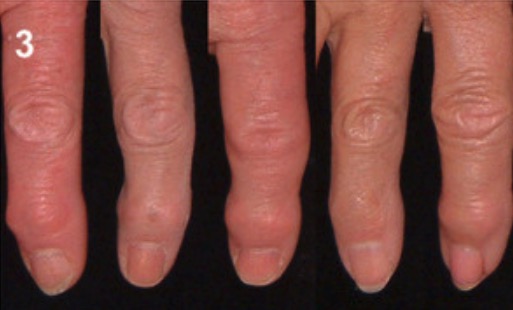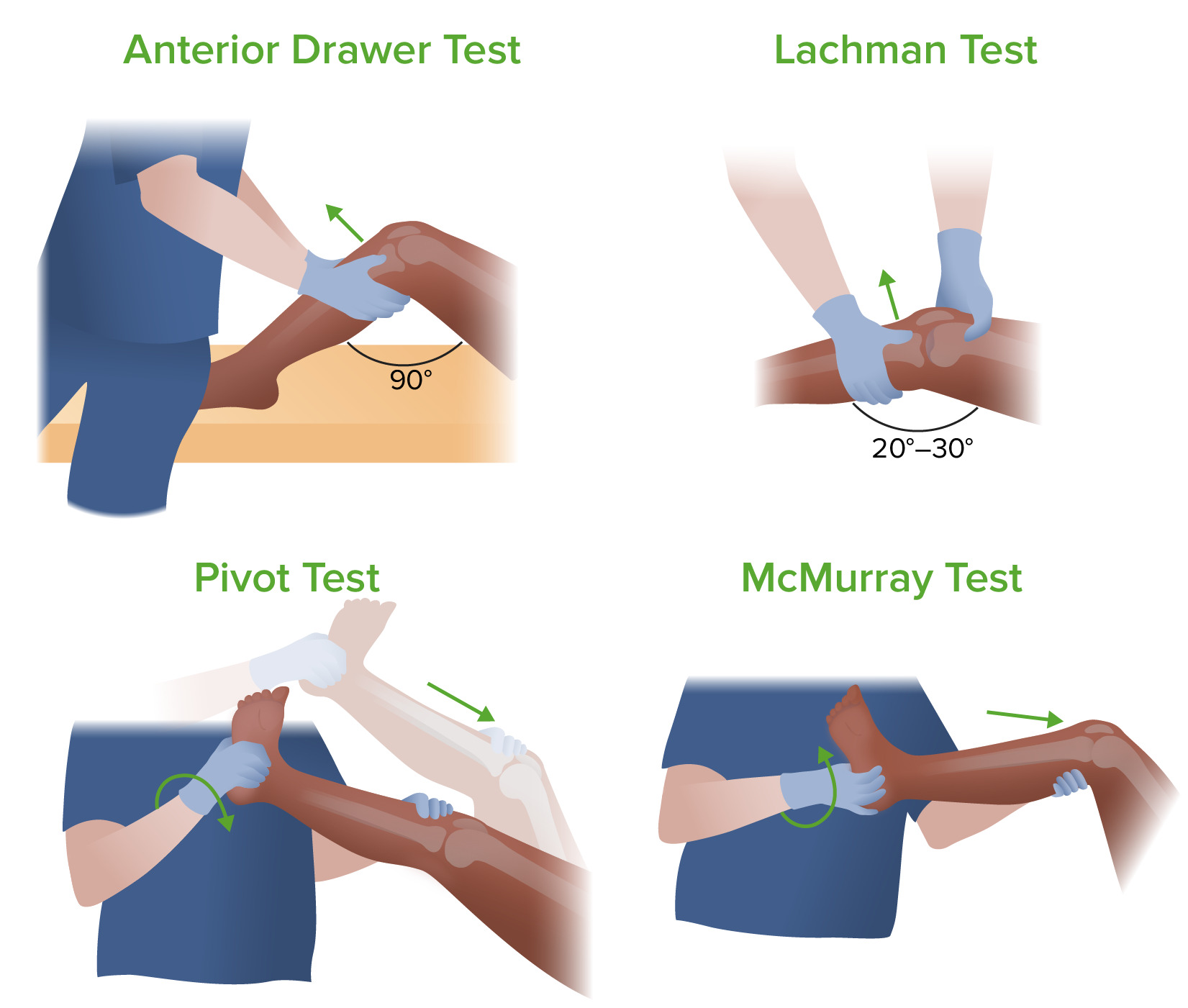Playlist
Show Playlist
Hide Playlist
Patellofemoral Syndrome and Osteoarthritis
-
Slides KneePain AcuteCare.pdf
-
Download Lecture Overview
00:01 So, Patellofemoral syndrome, let’s put that on the spotlight because it is really important. 00:06 It is the most common cause of anterior knee pain, both in general and among athletes specifically. 00:12 The classic is that movie sign. 00:15 You’re in a movie for two hours or so. 00:18 You first stand up, it's really stiff, very painful, you walk a little bit, that anterior knee pain gets better. 00:24 Also another one that’s worse with climbing stairs, but unlike the iliotibial band, this is going to be more of a central pain under the patella and kind of hard to describe. 00:33 It's usually a dull pain and kind of vague, but it can be really debilitating as well. 00:38 Doesn't mean it's always so benign or a mild type pain. 00:41 I’ve seen mild to severe patellofemoral syndrome pain as well. 00:46 On exam, one of the interesting things, and this might be on your exam, is the J sign. 00:51 So, as the knee is extended from 90° to full flexion, there will be a lateral patellar tracking. 00:57 There is patellar laxity in a lot of these cases. 00:59 So, you’ll actually see that the patella migrate more laterally. 01:04 And so, of course, you’re going to check for the stability of the patella. 01:08 Patients with patellofemoral syndrome are more likely to have a little bit more laxity in their patella. 01:14 You don't really need x-rays among these patients if you have – particularly when you have these other findings, the symptoms and the signs all suggest patellofemoral syndrome. 01:24 So, again, rest is important. 01:26 And it's important to actually recommend physical therapy for these patients. 01:31 And I was always of the mind, well, it’s always just about quad strengthening. 01:34 Actually sometimes quad strength in these patients is absolutely perfect. 01:39 It's just that they are too tight over that complex of muscles, and so therefore, they actually need more stretching. 01:46 And a physical therapist can be really helpful in determining which particular types of exercises your patient needs. 01:52 There is less evidence, however, for things like knee braces or patellar taping. 01:56 So, physical therapy on the exam would be the right answer if you had a list of potential interventions for patellofemoral syndrome. 02:06 And I have to mention osteoarthritis because among patients who are 50 and over, this is going to be the most common cause of knee pain. 02:12 So, certainly, think about exercise therapy for these individuals as well. 02:16 Generally, weight loss is certainly going to help and exercise therapy can really help to help stabilize the joint and, therefore, reduce pain in everyday activities. 02:27 As I’ve mentioned for other musculoskeletal disorders, acetaminophen has better safety, but is probably slightly less effective than NSAIDs overall, but I still use acetaminophen as my first go-to drug in cases where patients haven't tried anything for it. 02:43 Glucosamine and chondroitin are commonly used. 02:46 They are very much promoted for osteoarthritis. 02:49 They have a pretty mixed record of efficacy overall. 02:53 There's few studies that have shown that they’ve worked. 02:56 And the studies of higher quality tend to show no improvement. 02:59 That said, in my clinical practice, I can say that patients really like glucosamine in particular. 03:03 They think it works great. 03:05 So, that was an introduction to knee pain and some of its common causes. 03:11 I think as you review, just think about those atypical causes. 03:14 Those are going to be the ones that come up on the exam, less so osteoarthritis. 03:18 But iliotibial band syndrome, patellofemoral syndrome, those are things you should know something about and be ready to answer for because you could well see them coming up. 03:28 Thank you.
About the Lecture
The lecture Patellofemoral Syndrome and Osteoarthritis by Charles Vega, MD is from the course Acute Care. It contains the following chapters:
- Patellofemoral Syndrome
- Osteoarthritis
Included Quiz Questions
Which of the following findings is most compatible with patellar subluxation?
- When the knee is extended form 90 degrees flexion, the patella moves laterally at terminal knee extension.
- Lateral patellar tracking, as the knee is flexed from full extension to 90 degrees
- Tenderness along the medial joint line of the knee as it is extended
- A positive Thessaly test
- A positive anterior drawer test
Which of the following is the most appropriate nonsurgical management for patients with patellar subluxation?
- Quadriceps strengthening
- Iliotibial band stretching
- Knee brace
- Patellar taping
- Local steroid injection
Which of the following is the mainstay of treatment for early osteoarthritis?
- Weight loss and exercise therapy
- Rest and reduced activity
- Corticosteroid joint injection
- Non-steroidal anti-inflammatory drugs
- Glucosamine
Customer reviews
5,0 of 5 stars
| 5 Stars |
|
5 |
| 4 Stars |
|
0 |
| 3 Stars |
|
0 |
| 2 Stars |
|
0 |
| 1 Star |
|
0 |





